Can diabetics eat nuts? If you can eat them, how many should you eat?
For diabetics, diet can be said to be very important, scientific and reasonable diet, is a key link in the regulation of diabetes, but also will directly affect the development of the disease.
A superfan was recently asking if diabetics can eat nuts.
Nuts are so delicious and nutritious that no one wants to miss them. Chao also checked the relevant information to answer for you.
Answer Sneak Peek:
Diabetics can eat nuts, but they must eat them "carefully".

[Learn to control the type and amount of nuts]
One of the basic principles of diabetic diet is: those that may raise blood glucose quickly, as well as foods with high sugar content or starch and fat content should be eaten sparingly, they are all easily converted to glucose. However, it is not blind dieting, but a reasonable eating habit and diet structure [1].

There are many types of nuts, as can be seen from the above table, comparing the nine common types of nuts, namely, almonds, abalone nuts, cashews, hazelnuts, macadamia nuts, pecans, peanuts, pistachios, and walnuts, peanuts, cashews, and pistachios have the lowest content in terms of energy. In terms of fat content and structure, macadamia nuts, abalone nuts and walnuts had the highest total fat content; among them, macadamia nuts and abalone nuts also had high saturated fat content; the highest monounsaturated fatty acid content was found in macadamia nuts, hazelnuts and almonds; and the highest polyunsaturated fatty acid content was found in walnuts and abalone nuts. Dietary fiber content was highest in hazelnuts, pistachios, and large almonds, and low in cashews, macadamia nuts, and walnuts. Protein content was highest in peanuts, followed by large almonds and pistachios. For vitamin E content, large almonds were a distant second, followed by hazelnuts and peanuts, and macadamia nuts were the least.
Taken together, hazelnuts, large almonds, pistachios, peanuts, and walnuts are relatively healthy nuts [2]. Macadamia nuts are high in energy and abalone nuts are high in saturated fat and should be chosen with caution. Cashews are lower in unsaturated fatty acids, dietary fiber, and vitamin E than most other nuts, and are not dense enough in nutrients.
In practice, it is appropriate to eat a handful of nuts every day, about 28 grams, with an average energy of about 180 to 200 kcal. If you want to replace the main food, usually a bowl of rice energy is 300 kcal, if you eat a handful of nuts, you can also eat more than half a bowl of rice less.
In addition, nuts are suitable for diabetics to eat as a snack snack between meals, to avoid eating randomly and eating too much.
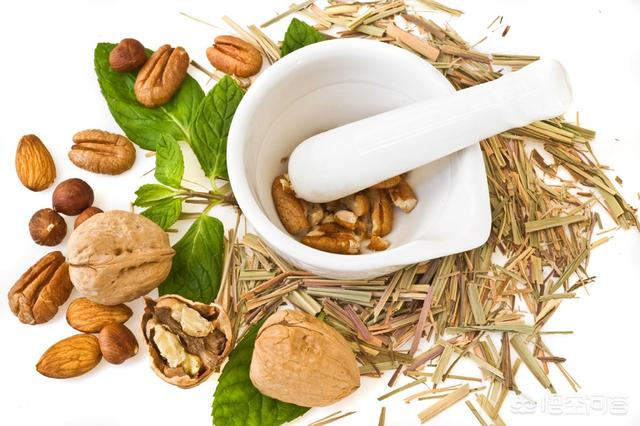
[The benefits and precautions of consuming nuts for diabetics]
In addition to supplementing diabetics with essential nutrients, nuts are also known to prevent diabetes.
Researchers from the Department of Nutrition at the Harvard School of Public Health found that women who eat more nut foods in moderation can prevent the onset of type 2 diabetes. This is because the unsaturated fatty acids, fiber and magnesium contained in nuts can improve the secretion of insulin in the body and the breakdown of sugar by insulin, thus achieving the effect of controlling blood sugar [3].
However, diabetics should also pay attention to the following points when consuming nuts:
The first point: do not eat nuts to satiety. Many diabetics peanuts, melon seeds do not leave the mouth, that this can reduce hunger. In fact, a large number of peanuts, melon seeds, almonds intake, not only make the calories greatly increased, but also make the blood lipids rise. A part of the blood lipid can be converted into glucose through the role of xenobiosis, which is not conducive to the control of the disease.
Point 2: Pay attention to the ingredient list of nut snacks. Many nuts themselves have a low calorie content, but it ingredients may have more sugar or salt added, which are parts that should not be ignored when consuming them.
Point 3: Pay attention to variety when consuming nuts.

[Summary]
Although nuts are good, diabetics can eat in moderation and variety, to avoid excessive consumption lead to large fluctuations in blood sugar.
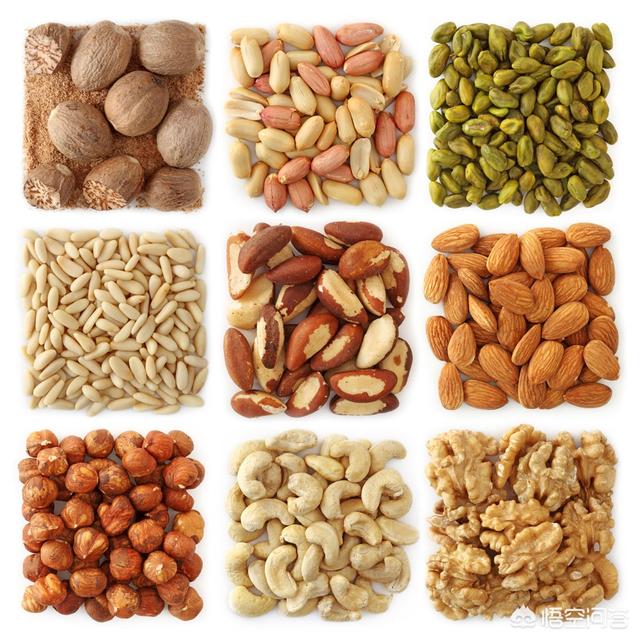
Read the super brother's science, everyone is not very rewarding, then quickly pay attention to the "super brother talk about food"!
If you have any questions, you can also leave them in the comments section.
bibliography
[1] Diabetes Dietary and Nutritional Guidelines[N]. Health and Life News, 2008-05-19(011).
[2] Xie Ling. Diabetic patients eat nuts, fine reckoning[N]. China Food News, 2010-12-03(001).
[3] Nuts can effectively prevent diabetes[J]. Sichuan Food and Fermentation,2008(02):11.
Author: Xu Jiahui Zhao Lichao

Diabetics can eat nuts.
Benefits of Common Nuts:
At the same calorie, walnuts, a kind of nuts rich in protein, fatty acids, vitamins and trace elements and antioxidants are beneficial to lower blood lipids, prevent stroke and coronary heart disease, prevent diabetes, prevent cognitive deterioration in old age.
China's military medical science to play hygiene and environmental medicine research institute, the Chinese Center for Disease Control and Prevention of Nutrition and Health have done related surveys and studies, indicating that moderate nuts on health benefits.
How much should I eat?
The Chinese Dietary Guidelines recommend 10g of nut kernels per day, and more can be eaten up to 25-28g.Replace some of the other foods while keeping the total calories the same.
How much exactly?
- Walnuts, 2 to 3
- Cashews, 6 to 7
- Almonds, 7 to 8
- Peanuts, 7
- Pine nuts, 40
- Hazelnuts, 8
- Sunflower seeds, 105 (one small handful)
- Watermelon seeds, 83
- Pumpkin seeds, 100
Here is to give you a reference amount, like melon seeds such as a small handful is almost the same, do not have to deliberately count, we know the amount will be able to better assess how much to eat.
When do diabetics eat nuts?
- Eating it with a meal slows down the digestion of food, thus facilitating postprandial blood sugar control.
- Eat it as a snack with a meal to prevent hypoglycemia while providing nutrients.
It is recommended that the choice of nuts to the original flavor, avoid adding sugar, or salt and other flavors of nuts, is not conducive to blood sugar control or easy to salt intake exceeds the standard.
Ensuring that your daily diet is balanced and sensible, and adding nuts on top of that, is the king of healthy meals.
Thanks for reading, I hope this helps.
Follow Dr. Lee and you talk about health, bring you more and more practical health knowledge!
Of course diabetics can eat nuts, not only can they eat them, but they may also help you control your diabetes better!
Also, eating nuts is good for cardiovascular health and helps control atherosclerosis.
Nuts are nutritious, containing high quality proteins, unsaturated fatty acids, and a variety of micronutrients. They are virtually free of cholesterol and salt, and contain very few carbohydrates.

As I said before, a food that diabetics can or cannot eat depends on its glycemic index, and a glycemic index below 55 is not considered a dangerous food for diabetics. And the glycemic index of nuts is usually around 22, so diabetics can eat them!
However, nuts contain more calories. The principle of diabetic diet is to control the total calories. Therefore, diabetics can eat nuts, but to control the amount of nuts, that is, no more than a small handful per day. How much is it exactly? Here to tell you.
Almonds, 24
Walnuts, 7
Pecans, 15
Cashews, 18
Pistachios, 49
Hazelnuts, 12
Peanuts, 35
Pine nuts, 167
Of course, nuts come in all sizes, and the numbers above refer to average size, medium heads.
Diabetics can eat nuts, just control the amount, it is best to eat the original flavor, do not stir-fry, deep-fried, and do not add sugar and salt. If you eat nuts, to properly control the amount of other foods, to keep the total calories do not exceed the standard.

Thanks for the answer.
Diabetics can eat nuts, nuts can not only provide diabetics with rich nutrients, for example, nuts are rich in unsaturated fatty acids, some nuts are rich in omega-3, omega-6 and other beneficial components of the human body, can reduce the concentration of low-density lipoproteins in the blood, to prevent the onset of cardiovascular and cerebrovascular chronic diseases. Nuts contain a variety of essential mineral components, such as calcium, potassium, copper, magnesium, etc. In addition, you can also supplement some of the dietary fiber, a small amount of protein, a small amount of carbohydrate components from nuts.

Photo credit: Sina
Diabetics need to avoid the most is directly contains a lot of free sugar (not naturally contains, usually artificial added sugar) of the food, in addition to some rich in natural sugar food to be used appropriately, such as staple foods, fruits, high sugar content of vegetables, or rich in starch, carbohydrates of food. However, see over contains very little carbohydrate, as long as the appropriate use do not have to worry about too much impact on blood sugar. Dietary guidelines for Chinese residents recommended daily intake per person has seen 20~35g, specifically the amount of a small handful of nuts, you can refer to the accompanying picture. Nuts should not be eaten in excess, due to the high fat content of nuts, eat more will also cause unfavorable situation.
In addition, the best choice of nuts is to choose a less processed nuts, processing more, which added additives may be higher ingredients, such as sugar, salt, syrup, etc., which will be unfavorable to diabetics, and may also be additional intake of salt, salt intake may also increase. In addition, nuts are also best not to take to deep frying and other re-increase the fat content of the cooking and processing.
The rise in blood sugar in diabetics is usually the staple foods as well as sweet products, such as refined white rice, refined white flour, pastries and other foods, while nuts are a nutritious fruit, although it will also contain a small amount of carbohydrates, but it also contains high-quality dietary fiber, which can slow down the digestion of the food and control the rise in blood sugar.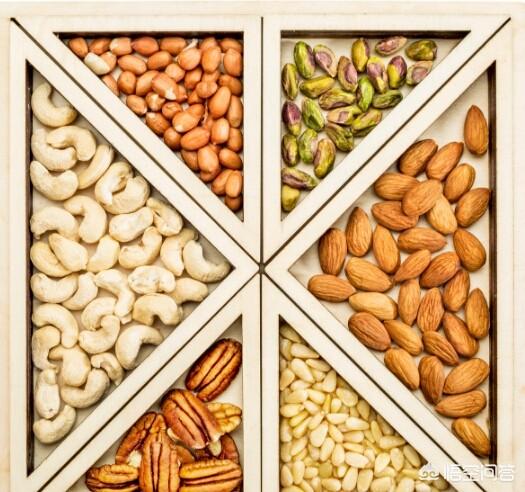
The relationship between nut nutrition and diabetes:
It is rich in high quality dietary fiber, protein, carbohydrates, vitamin B, unsaturated fatty acids, calcium, phosphorus, zinc, iron and other nutrients, and the calcium, phosphorus, zinc, iron and other trace elements can be supplemented due to diabetes in the human body fat decomposition is excessive when the ketone bodies increase, the loss of minerals, diabetes due to the symptoms of polyuria, but also lead to the loss of vitamin B and vitamin C, and the moderate intake of some nuts just can be replenished back. Intake of some nuts, just can be replenished back.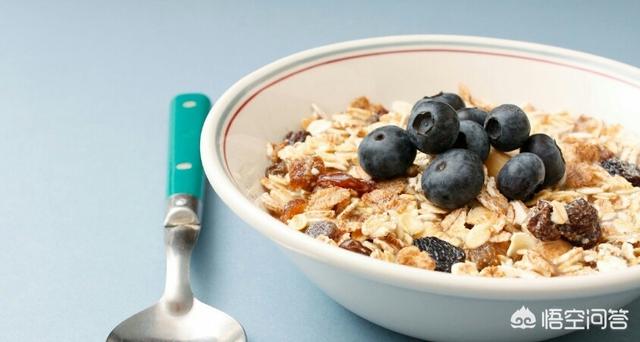
Dietary Considerations for Diabetics:
The diet of this group of people pay attention to eat small meals, more coarse grains instead of refined rice/refined noodles, more low GI food, more chewy food, moderate supplementation of not too sweet fruits, fruits are sweet, but this sweetness and the sweetness in the pastry is not the same as it is rich in fiber and pectin, which will make the postprandial glucose rise is not fast, such as papaya, poplar, dragon fruit, strawberry, and so on.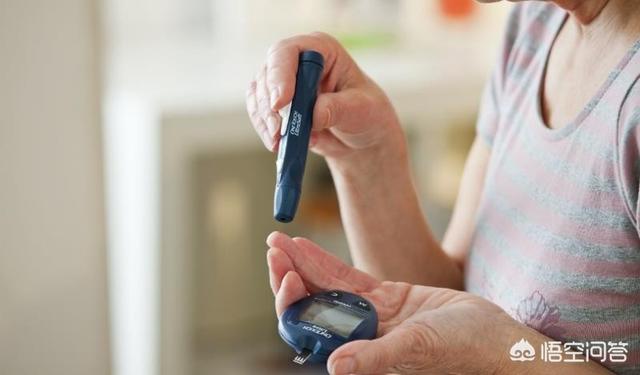
I hope my advice can help you, want to see me share more health knowledge, you can click on the upper right corner of the "Happy Nutritionist Mom May" on my attention, your attention is my greatest power.
Diabetics can eat nuts in moderation.
Nuts, also known as shell nuts, are mostly the cotyledons or endosperm of plant seeds and have high nutritional value. The U.S. Time magazine has selected it as one of the 10 most nutritious foods for modern people. Nuts are generally divided into two categories: one is tree nuts, including almonds, cashews, hazelnuts, walnuts, pine nuts, chestnuts, white nuts (ginkgo), pistachios, macadamia nuts, etc.; the second is seeds, including peanuts, sunflower seeds, pumpkin seeds, watermelon seeds and so on.
Nuts contain 36.0% protein, 58.8% fat, 72.6% carbohydrates, respectively, and also vitamins (vitamin B, E, etc.), trace elements (phosphorus, calcium, zinc, iron), dietary fiber and so on. In addition, it contains mono- and polyunsaturated fatty acids, including linolenic acid, linoleic acid and other essential fatty acids for the human body.
Eating nuts is appropriate to eat about 30 grams per day, if you accidentally eat more nuts, you have to reduce the amount of oil used in three meals a day and the amount of diet.
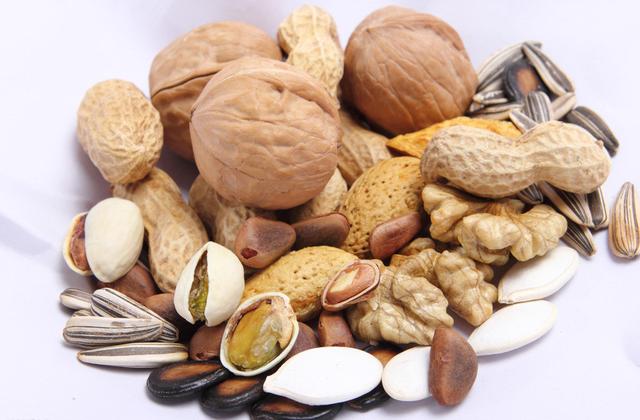
Calorie table for nuts (edible portion)
Unit: kcal/100g
Hazelnut 594 (equivalent to 1 pound of rice)
Pine nuts 619 (equivalent to 1 pound and 1 tael of rice)
Chestnut 212 (equivalent to 3.6 taels of rice)
Almonds 562 (equivalent to 9.6 taels of rice)
Pistachios 552 (equivalent to 9.5 taels of rice)
Sunflower seeds 616 (equivalent to 1 pound and 1 tael of rice)
Scientists have found that eating nuts and dried fruit for dieters not only can not lose weight and have a fattening effect. Nuts contain a large number of unhealthy saturated fatty acids, and dried fruits are high in sugar. It is difficult to regulate blood sugar. Pumpkin seeds and sesame seeds also contain a lot of saturated fatty acids.
100 grams of Brazil nuts contain 16.4 grams of saturated fat, which is three-quarters of a woman's daily intake of saturated fatty acids. A handful of the dried fruit contains 65 grams of sugar, which is higher than three-quarters of the daily sugar intake.
The recommended daily sugar intake for adults is 90 grams, and 100 grams of dried fruit, such as raisins, contain more than 64 grams of sugar. In comparison, 100g of Kit Kat chocolate contains 47.8g of sugar.
A variety of nuts and seed kernels, such as watermelon seeds, sunflower seeds, pumpkin seeds, peanuts, hazelnuts, almonds, pistachios, and walnut kernels, are also suitable for snacking between meals. They are rich in vitamin E, many minerals and dietary fiber. Studies have confirmed that they also have the effect of reducing the risk of cardiovascular disease when consumed sensibly.
Nuts and seed kernels, though very good, are only too fatty, and should be eaten only in the amount of one tablespoonful per day, or they are liable to gain weight. They should not be eaten after dinner, but are better suited to be eaten in the morning when the quantity of food is insufficient. Fruit is better suited after dinner, and it is well to reserve this amount in advance by taking a few smaller bites of dinner.
For more quality health articles and health Q&A, to consult with experts on shoulder, neck, waist, leg and joint pain, and to participate in the free treatment device campaign, please pay attention to the "Hualuo Health" headline number, you can click on the Hualuo Health headline number menu under the "free machine activities" to enter, you can also send a private message to ask for details. You can also send a private message to ask for details.
Can diabetics eat nuts? I think the answer to this question is yes, and I say this not only because I am a dietitian, but also because I practice it in my life.
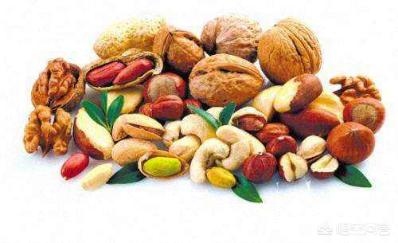
First of all, my grandmother is also a type II diabetic and has been for 16 years since she got sick. Because of diabetes, she has to control her diet, especially the intake of staple foods. She has to add some coarse grains to her existing staple food to avoid the stimulation of blood sugar caused by fine grains.

Every day my grandmother ate a little bit of nuts like walnuts, almonds and peanuts. In order to maintain nutrition while controlling the diet, because nuts are very rich in B vitamins as well as fat-soluble vitamins, which have a protective effect on blood vessels when properly consumed.
My advice to you is that a small handful a day should be fine if you are of normal weight, and a small handful every other day should be enough if you are at an obese weight. Remember, it's your own handful, not someone else's.
(Note: Pictures from the network, if any infringement, please contact to delete, thank you!)
This question and answer are from the site users, does not represent the position of the site, such as infringement, please contact the administrator to delete.